Spo2 Max30102 Blood Oxygen Concentration Sensor PPG Sensor
₨ 450.00
The MAX30102 Blood Oxygen Sensor Module is an advanced sensor designed for precise health monitoring applications, specifically for measuring heart rate and blood oxygen saturation (SpO2). It integrates red and infrared LEDs along with a photodetector to provide accurate readings, making it a great choice for embedded health-related projects.
5 in stock
The MAX30102 Blood Oxygen Sensor Module is an advanced sensor designed for precise health monitoring applications, specifically for measuring heart rate and blood oxygen saturation (SpO2). It integrates red and infrared LEDs along with a photodetector to provide accurate readings, making it a great choice for embedded health-related projects.
Key Features of MAX30102:
-
Accurate Heart Rate and Blood Oxygen Measurement:
-
It accurately monitors vital metrics such as heart rate (BPM) and SpO2 levels, which are essential for health applications.
-
-
Low Power Consumption:
-
The sensor is optimized for low power usage, making it ideal for battery-powered devices like wearables.
-
-
I2C Interface:
-
Easily interfaces with microcontrollers via the I2C protocol, simplifying integration into a wide range of projects.
-
-
Ambient Light Suppression:
-
Ensures accurate readings in varying lighting conditions, making it reliable even in challenging environments.
-
-
Durable Construction:
-
Built for long-term use in health monitoring systems, ensuring reliable performance over time.
-
-
Versatile Applications:
-
Ideal for health monitoring devices, fitness trackers, and medical systems where heart rate and oxygen levels need to be monitored continuously.
-
Code Examples:
The provided code examples demonstrate how to integrate the MAX30102 with an Arduino or compatible microcontroller. Here’s a summary of the two examples:
First Code: Basic Heart Rate and SpO2 Measurement
This code reads data from the MAX30102 sensor and outputs the Infrared (IR) and Red values to the Serial Monitor. It’s designed to help you get started with the basic functionality of the sensor.
Key Steps:
-
Initialize the sensor: The sensor is initialized using the
MAX30105library and the I2C interface. -
Set parameters like LED brightness, sample rate, and pulse width.
-
Monitor data: The sensor’s IR and Red readings are continuously checked, and their values are printed to the Serial Monitor.
Second Code: Optical Heart Rate Detection Using the PBA Algorithm
This code demonstrates the use of the PBA (Peripheral Beat Amplitude) Algorithm to detect heart rate using the MAX30105 sensor. The sensor detects beats and calculates beats per minute (BPM), showing the real-time heart rate of the user.
Key Steps:
-
Initialize the sensor: Set up the MAX30105 sensor and configure its LED and sampling settings.
-
Measure heart rate: The code detects heartbeats by monitoring the IR values and calculates BPM.
-
Display Results: The BPM value and the average BPM are printed to the Serial Monitor.
Applications:
-
Health Monitoring Systems: Perfect for wearable health devices that track heart rate and SpO2.
-
Fitness Trackers: Use in fitness bands or smartwatches to monitor users’ vital signs.
-
Medical Devices: Can be integrated into clinical equipment to continuously monitor patients’ vital health metrics.
-
DIY Projects: Great for DIY health tech projects, educational projects, and research.
MAECENAS IACULIS
Vestibulum curae torquent diam diam commodo parturient penatibus nunc dui adipiscing convallis bulum parturient suspendisse parturient a.Parturient in parturient scelerisque nibh lectus quam a natoque adipiscing a vestibulum hendrerit et pharetra fames nunc natoque dui.
ADIPISCING CONVALLIS BULUM
- Vestibulum penatibus nunc dui adipiscing convallis bulum parturient suspendisse.
- Abitur parturient praesent lectus quam a natoque adipiscing a vestibulum hendre.
- Diam parturient dictumst parturient scelerisque nibh lectus.
Scelerisque adipiscing bibendum sem vestibulum et in a a a purus lectus faucibus lobortis tincidunt purus lectus nisl class eros.Condimentum a et ullamcorper dictumst mus et tristique elementum nam inceptos hac parturient scelerisque vestibulum amet elit ut volutpat.

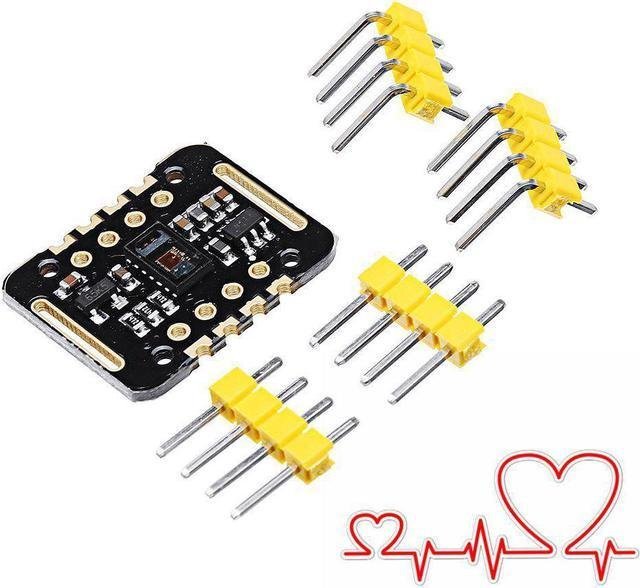

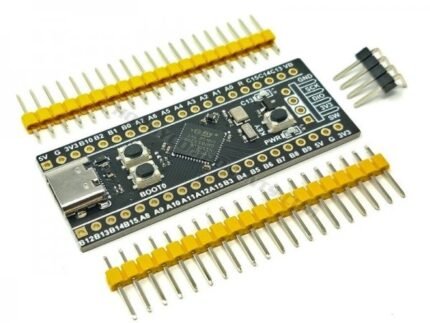

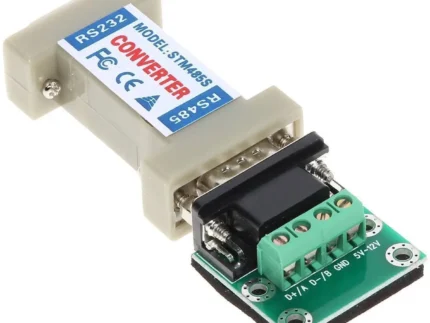
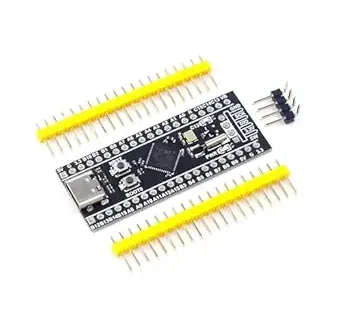
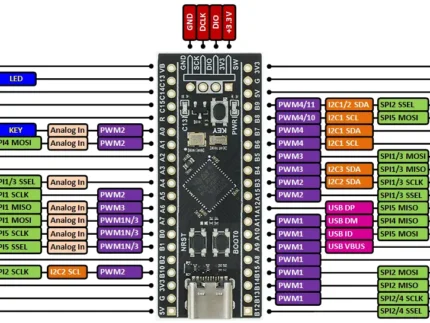

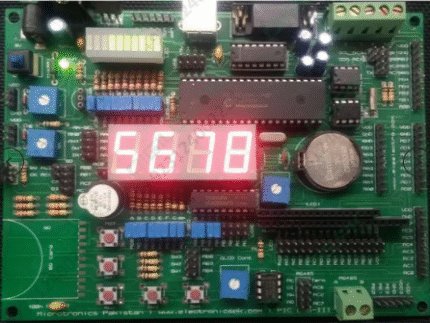
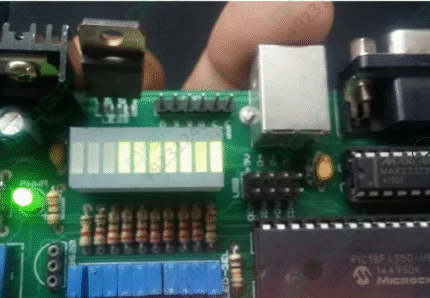
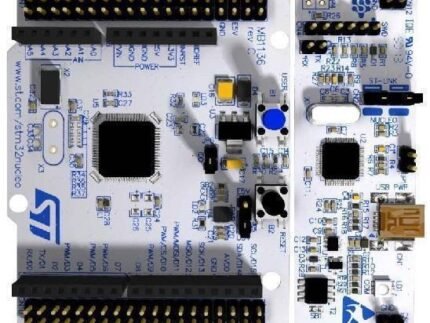

Reviews
There are no reviews yet.